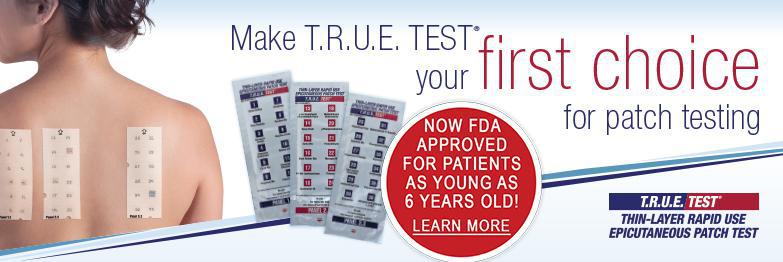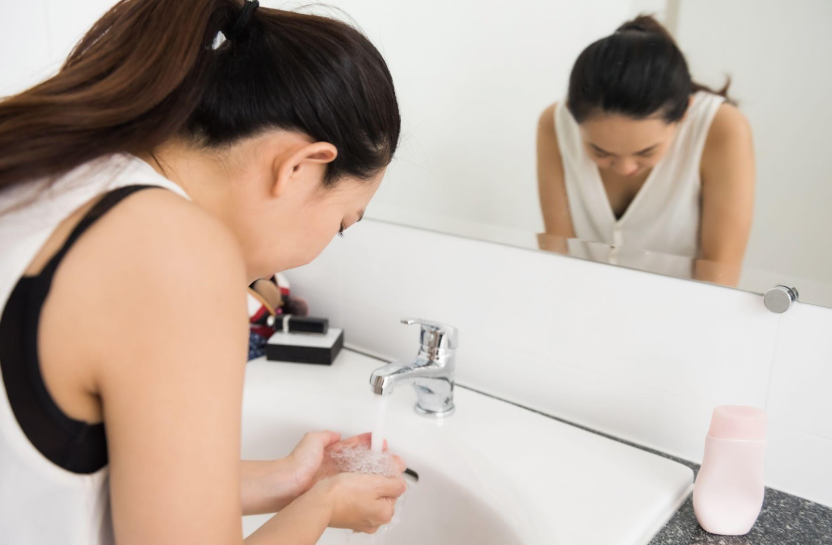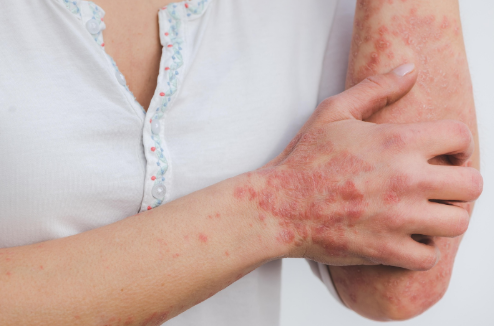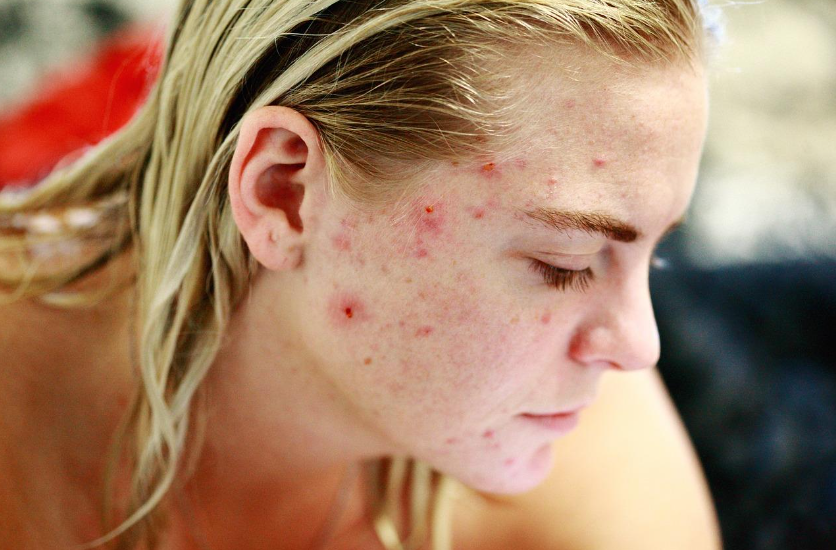Ask The Dermatologist - What Are Patch Tests?
Dr. Eugene Conte • January 16, 2018

Patch Testing is how a dermatologist is aided in making the diagnosis of Acute or Chronic Contact Dermatitis that has no obvious clinical cause. Before we discuss Patch Testing we must discuss the allergens that are associated with the rashes we see on a patient’s skin.
Many times we see "Rashes" that keep recurring in the same location on the skin. When we see this type of presentation we are concerned that an allergen may be coming in contact with their skin.
In the United States there are hundreds of allergens that a patient might be allergic to however we patch test for about 35 that we see on a regular basis.
For the sake of brevity I am going to discuss the 'Top 10 ".
1) Nickel a metal frequently encountered in jewelry and clasps or buttons on clothing.
2) Gold a precious metal often found in jewelry.
3) Balsam of Peru a fragrance in perfumes and skin lotions.
4) Thimerosal is a mercury compound used in local antiseptics and in some vaccines
5) Neomycin is a topical antibiotic common in first aid creams and ointments, also found occasionally in cosmetics, deodorant, soap and pet food.
6) Fragrance Mix is a group of 8 most common fragrance allergens found in foods, cosmetic products, insecticides, antiseptics, soaps, perfumes, and dental products.
7) Formaldehyde is a preservative with multiple uses not limited to paper products, paints, medications, household cleaners, cosmetic products and fabric finishes.
8) Cobalt Chloride is a metal found in medical products, hair dye, antiperspirant, objects plated with metal such as snaps,buttons or tools and cobalt blue pigment.
9) Bacitracin a topical antibiotic.
10) Quaternium 15 is a preservative found in cosmetic products such as self-tanners, shampoo, nail polish and sunscreen or in industrial products such as polishes, paints and waxes.
The allergens I mentioned above are only the top 10 most common, although there are many more allergens that can affect the skin. It is important to come in and see a board certified dermatologist if you are breaking out into hives or bumps and you want to know what is causing it. Consult one of the providers here at Pine Belt Dermatology & Skin Cancer Center to find out more about the allergens we can test for at our facilities here in southern Mississippi.
When we test at Pine Belt Dermatology, our providers use what is called “patch testing”. This is not the same as a “scratch test”, or also known as a “prick test”, which is what your allergist would use. A handful of allergists may also offer patch testing, but we suggest seeing a provider at Pine Belt Dermatology for an optimal diagnosis and prognosis of your contact dermatitis. These other tests performed by an allergist are very useful for people who have allergic reactions to pet dander, dust mites, and pollens. However, prick tests can be of little use to patients with skin rashes.
Patch testing involves putting a specific concentration of the allergen that we are testing for under a small patch and placing the patch on the skin. Usually on the back of a patient for a period of 48 hours. At the end of the 48 hour period of time the dermatologist peels off the patch and looks to see if a specific reaction has occurred to the allergen. The reaction can be anything from redness to a welt or even a blister depending how allergic the patient may be to the allergen.
At the second appointment, usually a few days later, the patches will be removed. Sometimes further patches are applied. The back is marked with an indelible black felt tip pen or other suitable marker to identify the test sites.
These marks must still be visible at the third appointment, usually two days later (4 days after application). The back should be checked and if necessary remarked on several occasions between the 2nd and 3rd appointments.
Once the dermatologist determines what the patient is allergic to they are counseled and given information on what to avoid and also review what products they are already using that may contain the allergen they are allergic to.
Sometimes both the dermatologist and the patient need to be detectives to solve the problem of contact dermatitis. Previously, we were not able to use patch testing on children under the age of 18. Recently, however, the TRUE Patch test that we utilize at Pine Belt Dermatology has been FDA approved for use on children ages 6 and up. This is wonderful news as we can now detect allergens in children at a much earlier age, making management of the contact dermatitis much easier.
If you believe you are suffering from a contact dermatitis the dermatologists at Pine Belt Dermatology & Skin Cancer Center can help you find the cause. This is one of the more underutilized services that we offer the Hattiesburg and Laurel, Mississippi areas.

Your skin, the body's largest organ, is a vital indicator of your overall health. Changes in its appearance can signal underlying medical conditions that may require attention. Whether it’s ensuring you’re getting the right nutrients, managing stress, or seeking professional care, being attuned to what your skin tells you makes it easier to stay on top of your health.

Achieving healthy, glowing skin begins with an effective cleansing routine. However, small mistakes can disrupt your skin’s natural balance, leading to irritation, breakouts, or premature aging. Avoiding these common errors and incorporating advanced techniques can significantly impact your skincare journey.

You’ve likely felt it in your life: that uncomfortable feeling of tightness, flakiness, and sometimes even itchiness that can make your skin look and feel less than its best. But what exactly causes dry skin, and how do you treat it? Don’t fret because we’ve put together some treatment tips that can help your dry skin regain its moisture.








